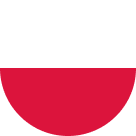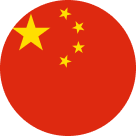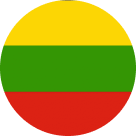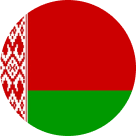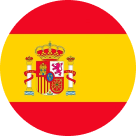7 key features of the Serbian language
Serbian, Montenegrin and Croatian are languages so close that they are usually combined into one Serbo-Croatian language. More than 20 million people use it in everyday life. Therefore it is ranked 39th in world ranking by number of speakers.
Serbs have two alphabets: Cyrillic Vukovica and Latin Gavic. The first one is considered to be official. It copies the Russian alphabet, except for letters Yo, Y, Sch, Ъ, YY, b, E, Y, Ya. Instead of them we use letters J, Ћ, Ђ, Њ, Љ, Џ.
The key rule is: write as you speak and read as you write.
Serbs have four variants of accentuation. The long descending one is marked with an inverted tick («mâjka» / «mother») and the ascending one with a stroke («poštéњe» / «honesty»). The short descending one is marked by two strokes («päs» / «dog») and the ascending one by a stroke in the opposite direction («jèdini» / «only»).
The language is interesting in that there are words without vowels: «vrh» for «up» and «smrt» for «death».
The most used letter — Ch — exists in soft (Ћ) and hard (Ch) variants. For example, the name Katya here sounds like «Kaca».
Serbian includes words that sound very Russian, but have a completely different lexical meaning. For example, «biscuit» means baked piglet, and «belly» means life.
The sound of many words is similar to Russian but phonetically funny — «nogomet» means «football» and «polebats» means «kiss».
Here it is customary to say «Good afternoon, where are you?» when meeting. This is equivalent to English «Hi, how are you?» or Russian «How are you?».


